Daily Current Affairs | March 4 2025 |
Important Topics from Current Affairs : 1) National Green Hydrogen Mission 2) NAVRATNA Status for IRCTC 3) Critical Minerals in Zambia 4) Dolphin Survey & Project Dolphin 5) Electoral Roll Management System (ERONET) 6) Women & Financial Inclusion
Jumbo IAS
3/4/20257 min read
1) National Green Hydrogen Mission

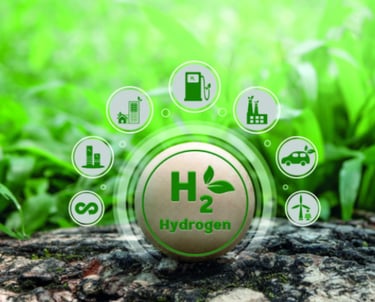
What is in the News
As part of the National Green Hydrogen Mission, the Government has initiated five pilot projects for using Hydrogen in buses and trucks.
Earlier the Ministry of New and Renewable Energy had issued guidelines for implementing Pilot projects in the Transport Sector under this Mission.
The total financial support for selected projects made available will be around Rs. 208 Crore from the Government of India.
These pilot projects are likely to be commissioned in the next 18-24 months, paving the way to the scaleup of such technologies in India.
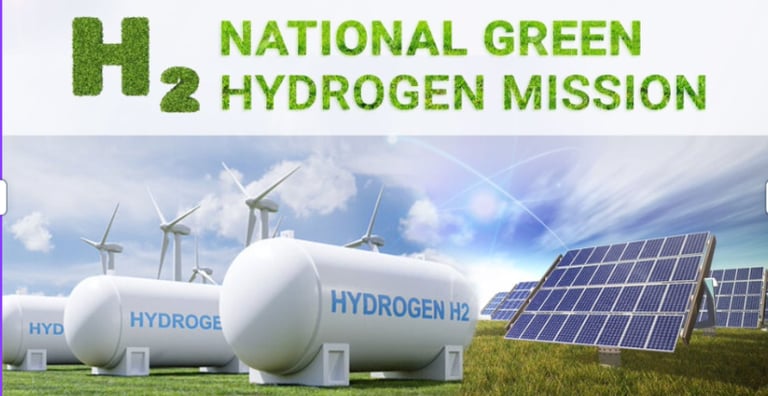

About the Mission
The National Green Hydrogen Mission was launched on 04th January 2023 with an outlay of Rs. 19,744 crores up to FY 2029-30 by Ministry of New and Renewable Energy.
One of the objectives of the Mission is to support the deployment of Green Hydrogen as fuel in buses and trucks, in a phased manner on a pilot basis.
What is Green Hydrogen ?
Green Hydrogen is hydrogen produced by electrolysis of water, using renewable electricity.
Hydrogen is fuel with high energy intensity and produces water vapour as by-product, thus non-polluting and clean source of energy.
Production of Green Hydrogen significantly lowers greenhouse gas emissions as compared to Grey Hydrogen and Blue Hydrogen
Grey Hydrogen - Hydrogen produced from natural gas (fossil fuel), through a process that releases carbon dioxide into the atmosphere.
Blue Hydrogen - It is same as Grey Hydrogen, except that in this case, carbon dioxide released is captured and stored.
Thus, Green Hydrogen is a better way of Hydrogen production than others.
Mandatory Usage - Mandatory consumption of Green Hydrogen up to certain limit for key industries.
Strategic Interventions for Green Hydrogen Transition (SIGHT) - It will provide incentives for manufacturing of electrolysers and production of green hydrogen.
Development of Green Hydrogen Hubs.
Support for infrastructure development.
Establishing a robust framework of regulations and standards.
Research & Development programme.
Skill development programme.
Public awareness and outreach programme.
Facilitating demand creation through exports and domestic utilization
Steps Under Green Hydrogen Mission
2) Navratna Status for IRCTC

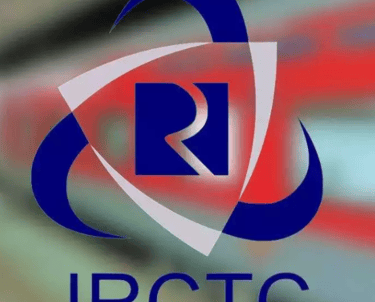
What is in the News
Public sector undertakings Indian Railway Catering and Tourism Corporation (IRCTC) and Indian Railway Finance Corporation (IRFC) bagged the ‘Navratna’ status from the Government of India on Monday, March 3.
IRCTC is a Ministry of Railways CPSE with an annual turnover of ₹4,270.18 Cr, and a net worth of ₹3,229.97 Cr for FY 2023-24.


What is Navratna Status ?
Navratna status is awarded to public sector undertakings (PSU) with exceptional financial and market performance.
This move recognises their value and allows them to expand their financial powers.
To qualify for Navratna status, a Central Public Sector Enterprise (CPSE) must already hold Miniratna Category I status, be listed under Schedule 'A' of CPSEs, and achieve a composite score of 60 or above based on performance parameters and must have received 'excellent' or 'very good' MOU ratings in at least three of the last five years.
Benefit -
Operational & Financial Freedom - They can invest up to ₹1,000 crore or 15 per cent of their net worth on a single project without asking for prior approval from the Central Government.
Be able to form alliances and create subsidiaries and joint ventures independently.
Maharatna Status
CPSEs that have Navratna status and meet certain other criteria are eligible for Maharatna status.
Criteria :
Average annual turnover of more than ₹25,000 crore in the last three years
Average annual net worth of more than ₹15,000 crore in the last three years
Average annual net profit after tax of more than ₹5,000 crore in the last three years
Significant global presence
CPSEs that have made a profit for three years in a row and have a positive net worth are eligible for Miniratna status
There are two sub-categories of Miniratna: Miniratna-I and Miniratna-II
Miniratna-I companies have a pre-tax profit of at least ₹30 crore in at least one of the three years
Miniratna-II companies have autonomy to incur capital expenditure without government approval up to ₹300 crore or up to 50% of their net worth.
Miniratna Status
3) Critical Minerals in Zambia
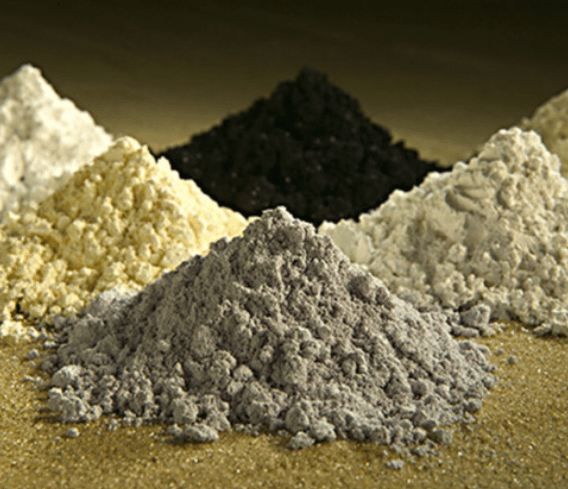

What is in the News
On February 27, the government announced the securing of a 9,000-sq-km block to explore copper and cobalt in a region in Zambia known for high-grade deposits. With production in domestic mines faltering, the project is a crucial step for India to establish overseas mining operations.
Cobalt and Copper are key minerals required in different clean energy technologies and Electric Vehicle(EV) batteries.
Significance -
Demand for these minerals is projected to outstrip supply from mines by 2035.
China controls half the world’s copper smelting and refining capacity.
Hence, this project is crucial in this context.
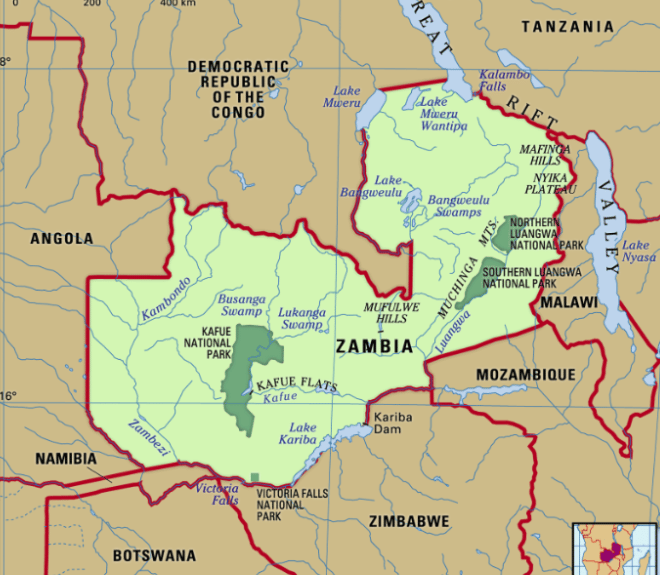

About Zambia
It is a landlocked country in Southern Africa.
Borders with - Angola, Democratic Republic of the Congo (DRC), Tanzania, Malawi, Mozambique, Zimbabwe, Botswana, and Namibia.
Special Features -
Rich in copper, cobalt, nickel, and uranium
Zambia is the 7th largest copper producer globally, with Chile being the largest.
India’s newly acquired copper exploration block is located in the Northwestern Province of Zambia and this entire project is. led by Geological Survey of India (GSI).
Critical Minerals
Critical minerals are minerals that are vital for economic growth and national security. They are considered critical when the risk of supply shortage is higher than other raw materials.
Examples - Beryllium, Cobalt, Nickel, Bismuth, Graphite, Manganese, Gallium etc.
Every country has its own list of 'critical minerals' as per their own requirements and circumstances.
Government of India has identified 30 critical minerals. This list includes lithium, cobalt, nickel, rare earth elements, titanium, molybdenum, and vanadium, among others.
It was set up in 1851 by Sir Thomas Oldham, primarily to find coal deposits for the Railways.
Over the years, it has grown into a repository of geo-science information required in various fields in the country.
Role Of Geological Survey of India: It includes providing objective, impartial and up-to-date geological expertise and geoscientific information of all kinds, with a focus on policy-making decisions, and commercial and socio-economic needs.
Headquarter: It is headquartered in Kolkata and has six regional offices located at Lucknow, Jaipur, Nagpur, Hyderabad, Shillong and Kolkata. Every state has a state unit.
Nodal Ministry: Ministry of Mines.
Geological Survey of India (GSI)
4) Dolphin Survey and Project Dolphin
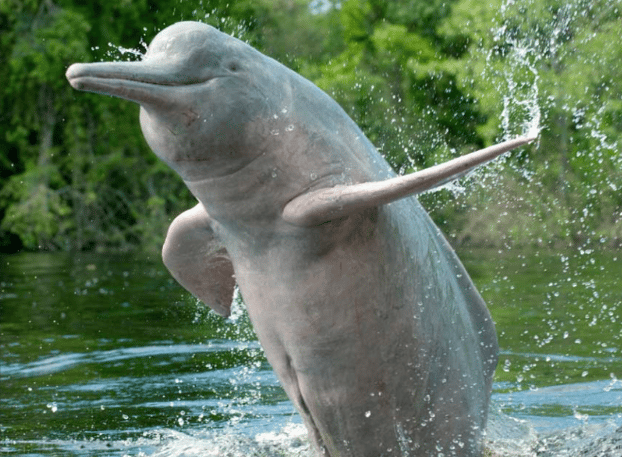

What is in the News
The first-ever comprehensive survey of river dolphins has revealed a population estimate of 6,327 dolphins mainly in the Ganga, Brahmaputra and Indus river basins.
The survey, conducted under Project Dolphin launched in 2020, gives the first-ever glimpse into the species’ status in India.
The survey was done across 28 rivers across eight states of the country stretching over 8,507 km.

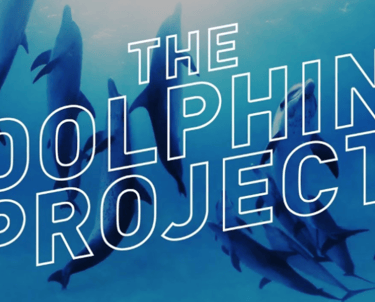
Freshwater Dolphins
India is home to two species of freshwater dolphins — Ganges (Platanista gangetica) and Indus (Platanista minor), which serve as bio-indicators of healthy river ecosystems.
Both dolphins are classified as Endangered and listed as Schedule I species under the provisions of the Wild Life (Protection) Act, 1972.
The report stated that the dolphins act as an umbrella species and their conservation has direct impacts on their habitat and biodiversity.
Umbrella Species - An umbrella species is a species whose protection helps safeguard other species in their habitat. The concept of umbrella species is a conservation tool that helps protect large areas and ecosystems.
The majority of the dolphins — estimated to be 2,397 — were observed in Uttar Pradesh, followed by Bihar (2,220) and West Bengal (815).
Project Dolphin
Project Dolphin is a conservation project of the Government of India aimed at conserving riverine and oceanic Dolphins.
It is a 10-year-long initiative.
It was announced by the honourable Prime Minister of India, Shri Narendra Modi, on 15th August 2020.
The nodal ministry for the project is the Ministry of Environment, Forests, and Climate Change.
Gangetic Dolphins are also referred to as 'indicator species'.
Indicator Species - An indicator species is a biological organism that provides information about the health of an ecosystem. The presence or absence of indicator species, or changes in their population, can indicate changes in the environment.
5) Electoral Roll Management System (ERONET)
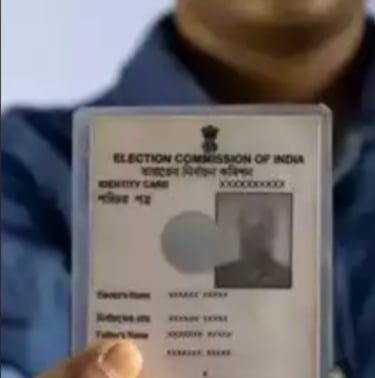

What is in the News
West Bengal Chief Minister Mamata Banerjee is now the latest Opposition leader to raise concerns over the purity of the electoral roll.
The Trinamool Congress chief last week flagged several electors with the same Electors Photo Identity Card (EPIC) number.
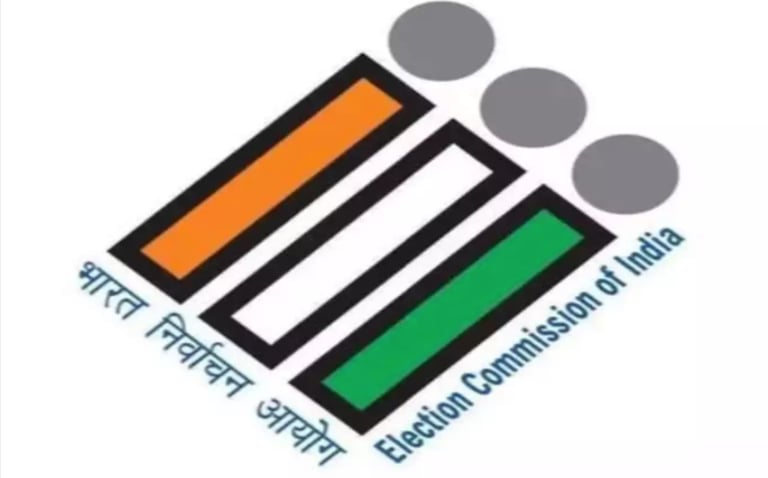

What is EPIC Number ?
It is a unique alphanumeric number assigned to each registered elector to prevent impersonation.
Introduced in 1993 under the Registration of Electors Rules, 1960 to enhance electoral transparency.
About ERONET
It is a web-based platform designed by Election Commission of India (ECI) to streamline voter registration, migration, and addition or deletion of names from electoral rolls.
It provides a centralised database for elector management across all states and union territories.
Unified National Photo Electoral Roll (UNPER): Maintains a common database for 95+ crore electors
Multi-Language & Script Support: Provides services in 14 languages and 1l scripts for accessibility
Fair & Transparent Elections: Helps Electoral Registration Officers (EROs) maintain an error-free electoral roll for free and fair elections


